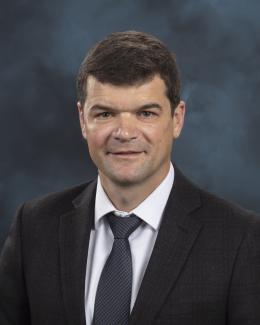Abstract
Inspired by biological neuromorphic computing, artificial neural networks based on crossbar arrays of bilayer tantalum oxide memristors have shown to be promising alternatives to conventional complementary metal-oxide-semiconductor (CMOS) architectures. In order to understand the driving mechanism in these oxide systems, tantalum oxide films are resistively switched by conductive atomic force microscopy (C-AFM), and subsequently imaged by kelvin probe force microscopy (KPFM) and spatially resolved time-of-flight secondary ion mass spectrometry (ToF-SIMS). These workflows enable induction and analysis of the resistive switching mechanism as well as control over the resistively switched region of the film. In this work it is shown that the resistive switching mechanism is driven by both current and electric field effects. Reversible oxygen motion is enabled by applying low (<1 V) electric fields, while high electric fields generate irreversible breakdown of the material (>1 V). Fully understanding oxygen motion and electrical effects in bilayer oxide memristor systems is a fundamental step toward the adoption of memristors as a neuromorphic computing technology.







